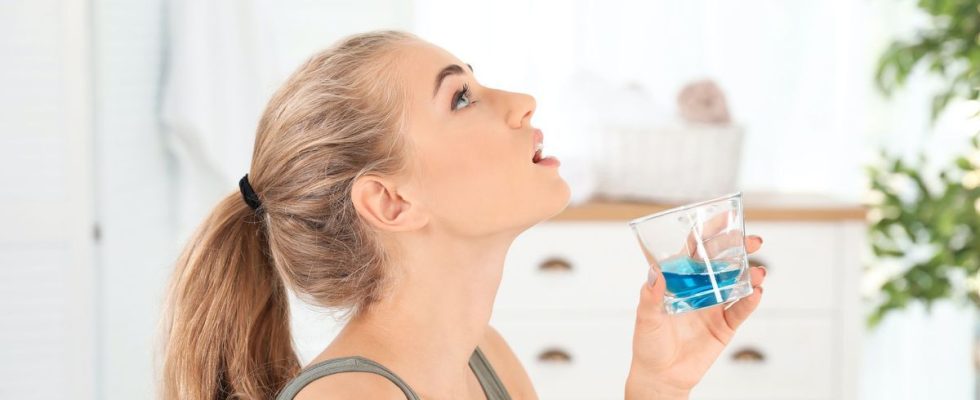Published on
Updated
Reading 2 min.
The National Agency for the Safety of Medicines and Health Products is issuing an alert: chlorhexidine, which is included in the composition of many hygiene products, is believed to be the cause of serious allergic reactions in France. Details.
“We are seeing a steady increase in the number of reports of serious allergic reactions associated with chlorhexidine. Many people in France are exposed to it, which increases the risk of sensitization and therefore increases the risk of immediate and serious allergic reactions”. On the ANSM website page, the tone is set. Chlorhexidine, a common antiseptic with a broad spectrum of action, should be avoided to avoid reactions.
In what products is chlorhexidine found?
Chlorhexidine is included in the composition of many products. It is used as an antiseptic, mainly for skin use or in the form mouthwashsolutions for oral spray, tablets to suck, eye drops, or urological gels. Finally, it is present in hygiene products (some toothpastes for example) and in some cosmeticss (sometimes used as a preservative). We are therefore strongly exposed to it at one point or another in our skincare routine.
What are the risks involved?
While reactions remain rare, they generally occur within an hour of using chlorhexidine, the alert states. On the other hand, they are pronounced and manifest themselves by serious signs:
- Urticaria;
- Swelling of the face;
- Breathing difficulties;
- Anaphylactic shock.
What to do in the event of an allergic reaction?
The site reminds that if you have one or more symptoms suggesting a serious allergy, you should stop using chlorhexidine and get medical help immediately. by calling 15.
This may include swelling of the face, lips, tongue or throat; a rash accompanied by redness and itching; wheezing or difficulty breathing; a feeling of weakness and dizziness; a strange metallic taste in the mouth; of fainting.
This information should also be useful to you for the rest of your health journey. If you have already had or think you have had an allergic reaction to chlorhexidine, inform your nurse, pharmacist, doctor, surgeon or dentist who will opt for an alternative if necessary. And register this allergy in your Health Space.
What to do to avoid allergies?
The ANSM recommends not using chlorhexidine as a first disinfectant at home but washing with clean water and soap to clean a superficial wound: scrape, abrasion, shallow and small cut, small superficial burn .
Regarding hygiene products such as cosmetics or mouthwashes, the agency recommends consulting the composition directly on the product packaging.
